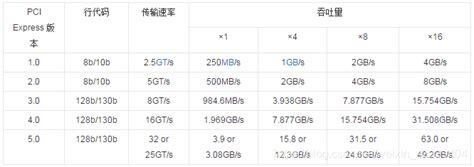Title: Smartphones’ CMOS Size Trap: Exposing the Actual Utilization of 1-Inch Sensors
Introduction:

In the rapidly evolving world of smartphones, the camera is often considered the most crucial feature. Manufacturers have been striving to enhance camera performance by incorporating larger sensors. However, there is a significant debate surrounding the actual utilization of 1-inch sensors in smartphones. This article aims to shed light on the so-called “CMOS size trap” and expose the real potential of 1-inch sensors in modern smartphones.
The CMOS Size Trap:
The term “CMOS size trap” refers to the misconception that larger sensors are always better for smartphone cameras. While it is true that larger sensors can capture more light and produce better image quality, the actual implementation in smartphones is far from optimal. Several factors contribute to this trap, including the physical size of the smartphone, the complexity of the camera module, and the limitations of current smartphone designs.
1-Inch Sensors: The Potential:
Despite the CMOS size trap, 1-inch sensors still hold immense potential for smartphone cameras. These sensors offer several advantages over their smaller counterparts, such as increased light sensitivity, reduced noise, and improved dynamic range. Let’s delve into some of the key benefits of 1-inch sensors in smartphones:
1. Enhanced Image Quality:
The primary advantage of 1-inch sensors is their ability to capture more light. This results in brighter, more detailed images, especially in low-light conditions. The increased light sensitivity allows for better exposure control and reduced noise, which contributes to a more natural and vibrant image quality.
2. Improved Dynamic Range:
A larger sensor provides a wider dynamic range, enabling the camera to capture both bright and dark areas of a scene with greater accuracy. This is particularly beneficial for landscapes, portraits, and other high-contrast scenarios, where the details in both the highlights and shadows are crucial.
3. Faster Autofocus:
1-inch sensors typically feature larger autofocus elements, which result in faster and more accurate autofocus performance. This is especially important for capturing fast-moving subjects, such as sports or wildlife photography.
4. Advanced Image Processing:
Smartphone manufacturers can leverage the larger sensor size to implement more advanced image processing algorithms. This allows for better noise reduction, color accuracy, and overall image optimization.
The Real Challenge:
While 1-inch sensors offer numerous benefits, the challenge lies in their integration into smartphones. The physical size of a 1-inch sensor is significantly larger than that of a traditional 1/2.5-inch sensor, which can be a challenge for smartphone designers. Moreover, incorporating a larger sensor often requires a more complex camera module, which can lead to increased manufacturing costs and reduced battery life.
Conclusion:
The CMOS size trap has created a misconception that larger sensors are always better for smartphone cameras. However, 1-inch sensors still possess immense potential for improving image quality and user experience. While the integration of these sensors into smartphones presents challenges, the advantages they offer are undeniable. As smartphone technology continues to advance, we can expect to see more innovative designs that fully utilize the power of 1-inch sensors.


